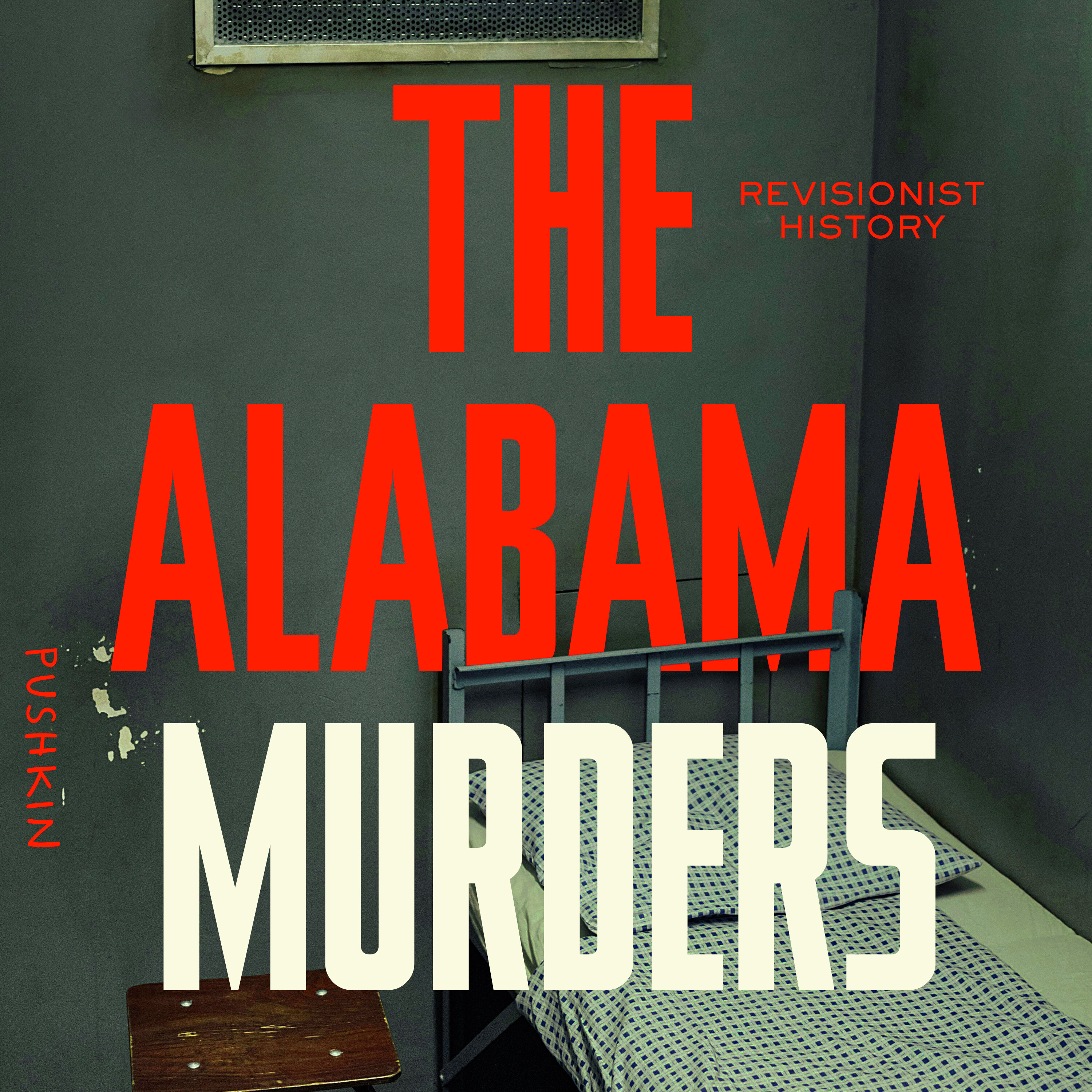
Key Insights
Why did New Yorkers feel unsafe in the early 1990s?
New York City was one of the most dangerous big cities in America, with a high crime rate, graffiti, and 2,262 murders in 1990, leading to a constant sense of fear and precaution.
Why did Malcolm Gladwell believe in the Broken Windows Theory?
Gladwell believed that small crimes were invitations for larger crimes, and that addressing minor infractions could prevent more serious crimes, leading to a safer city.
Why did the Floyd v. The City of New York lawsuit challenge the NYPD's stop-and-frisk policy?
The lawsuit argued that the stop-and-frisk policy was unconstitutional and disproportionately targeted young men of color, leading to humiliating and unnecessary stops.
Why did the crime rate continue to drop after the stop-and-frisk policy was largely abandoned?
The drop in crime was attributed to a shift towards precision policing, focusing on specific hotspots and high-risk individuals rather than indiscriminate stops.
Why did Malcolm Gladwell admit he was wrong about the effectiveness of the Broken Windows Theory?
Gladwell realized that the theory assumed violent crime was embedded in the entire community, but research showed it was driven by a tiny subset of people within dense social networks.
Why did cleaning up vacant lots in Philadelphia reduce the homicide rate?
Cleaning up vacant lots made neighborhoods more attractive and usable, leading to a 29% reduction in gun violence by improving community engagement and reducing crime opportunities.
Chapters
- New York City had a high crime rate in the 1990s, leading to residents' fear and precautions.
- A tipping point occurred, marked by a decrease in crime and increased safety.
- The transformation was significant enough for people to change their behaviors, such as leaving windows open at night.
Shownotes Transcript
In The Tipping Point, Malcolm helped popularize a controversial approach to policing called “Broken Windows Theory” that is often credited for keeping crime rates down. Now, 25 years later, he goes back and audits his chapter on crime. Did he get it right?
See omnystudio.com/listener) for privacy information.
